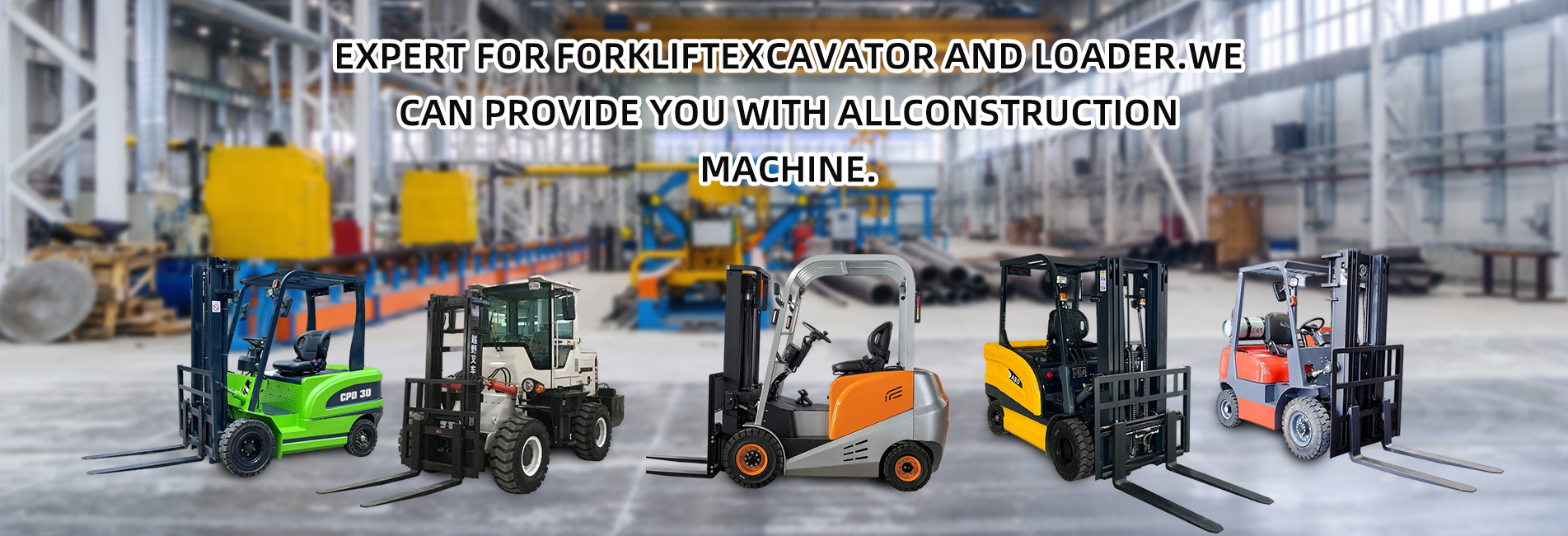The selection of the tonnage for an electric forklift requires a comprehensive judgment based on various factors such as actual operational needs, environmental constraints, and long-term usage costs to ensure that the equipment can complete work efficiently and safely. The following is a detailed selection guide:

I. Core Basis: Cargo Weight
This is the primary factor in choosing the tonnage. It is necessary to clarify the maximum weight of the goods to be transported daily and reserve a certain margin on this basis (usually an increase of 10%-20% is recommended) to avoid failures caused by long-term overloading of the forklift.
- If mainly transporting goods weighing 1-3 tons (such as standard pallet goods, small equipment), you can choose an electric forklift with a capacity of 3 tons or less, which has high flexibility and is suitable for narrow warehouses or light-duty operations.
- If the cargo weight is 3-5 tons (such as heavy machinery parts, bulk building materials), an electric forklift with a capacity of 3.5-5 tons is required, which has stronger power, and the tire and frame structures are more robust.
- If heavy goods over 5 tons are involved (such as containers, large industrial equipment), then heavy-duty electric forklifts with a capacity of 7 tons or more should be considered. Some models need customized enhanced configurations (such as thickened oil cylinders, reinforced drive axles).
II. Impact of Operating Environment
- Site Space:
- For narrow passages (such as warehouses with a width of 2-3 meters), priority should be given to small-tonnage forklifts (2-3 tons), which have a small turning radius (usually 2.5-3.5 meters) and are more flexible to operate.
- For open spaces (such as logistics parks, factory workshops), medium and large-tonnage forklifts can be selected according to the cargo weight, without excessive restrictions on size.
- Ground Conditions:
- Flat cement ground: There are few restrictions on the forklift tonnage, and conventional models can meet the requirements.
- Rough ground (such as gravel yards, outdoor construction sites): It is recommended to choose larger-tonnage forklifts, which have wider tires (stronger grip) and higher chassis ground clearance, which can reduce the loss of equipment caused by bumps.
- Operating Height:
- If stacking operations are required (such as shelf storage), in addition to considering the tonnage, the mast lifting height needs to be matched. Small-tonnage forklifts (2-3 tons) can usually be equipped with masts of 3-6 meters, and large-tonnage forklifts (over 5 tons) can be equipped with higher masts (6-9 meters). However, it should be noted that the higher the lifting height, the actual load-carrying capacity of the forklift will decrease slightly (refer to the "load curve" provided by the manufacturer).
III. Other Key Factors
- Battery Life Requirements:
Large-tonnage electric forklifts (over 5 tons) usually have larger capacity batteries (such as 80V/500Ah or more) due to their high motor power, which have longer battery life and are suitable for long-term continuous operations. Small-tonnage forklifts have smaller battery capacities (such as 48V/200-300Ah) and are more suitable for short-term, intermittent operations. If you need to extend the battery life, you can choose dual battery packs or fast-charging models. - Frequency of Use:
- High-frequency operations (such as more than 8 hours a day): It is recommended to choose medium and large-tonnage forklifts, whose components (such as motors, gearboxes) have higher strength and better durability, reducing the frequency of maintenance.
- Low-frequency operations (such as 2-3 hours a day): Small-tonnage forklifts have higher cost performance and lower maintenance costs.
- Future Expandability:
If there may be an increase in cargo weight or operation scope in the future, it is recommended to appropriately choose a forklift with a slightly larger tonnage (for example, if the current maximum cargo is 3 tons, you can choose 3.5 tons) to avoid repeated purchases in the short term.
IV. Summary: Selection Steps
- Determine the maximum daily cargo weight and reserve a 10%-20% margin;
- Screen the appropriate tonnage range according to the site space and ground conditions;
- Refine the model based on operating height, battery life, and frequency of use;
- Refer to the "load curve" provided by the manufacturer to confirm the load-carrying capacity of the forklift under actual operating conditions;
- If there are special needs (such as explosion-proof, low-temperature environments), it is necessary to choose a special electric forklift with customized tonnage.
Through the above steps, it can be ensured that the selected electric forklift can not only meet the current operational needs but also take into account economy and safety.


